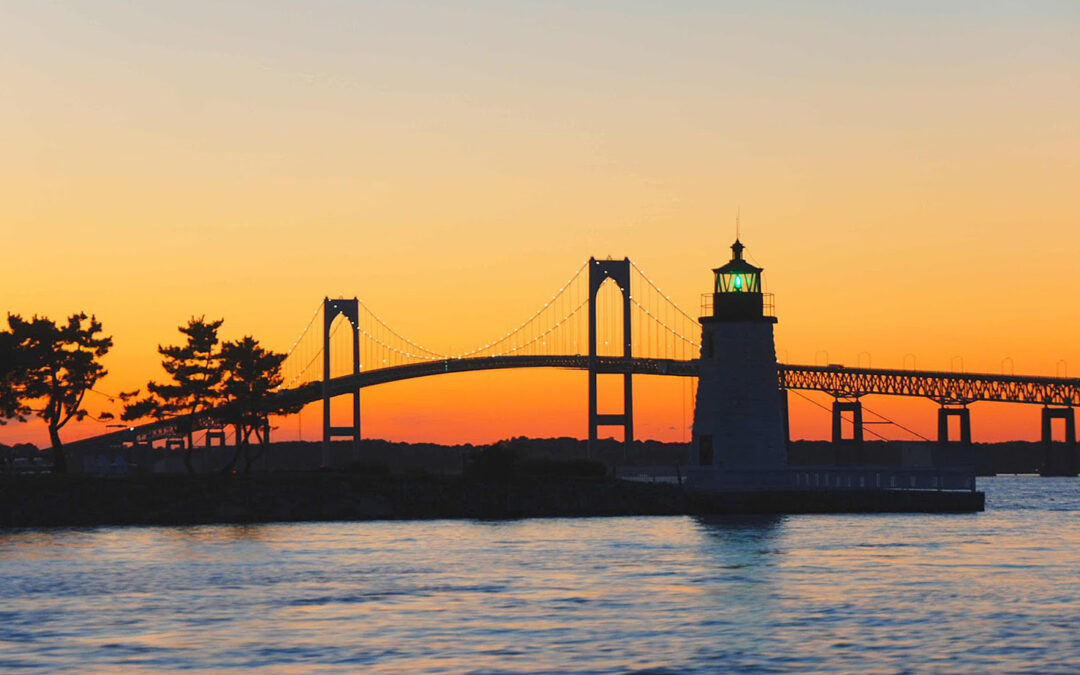A building type particular and special to the coastal areas, both around the United States and around the world, is the lighthouse. Built to aid in marine navigation and warn boats away from hazardous rock outcroppings, lighthouses have existed from the early days of mankind first discovering fire and going to sea. One of the lost ancient wonders of the world was the fabled lighthouse at Alexandria, which supposedly stood as tall as a forty-story building for more than a thousand years. Here in Rhode Island, this great tradition of these nautical buildings constructed to protect boats and ships from navigational dangers is both celebrated and challenged at the same time.
Over the years there have been 29 lighthouses built in the Ocean State. Eight of those lighthouses have been lost or otherwise demolished, 11 have been converted for other functions and yet 10 still remain as structures working to aid in navigation. An exhibition of the many different lighthouses that have existed over the years has been mounted at the Gateway Visitor’s Center, with an opening celebration on December 17th. The organization that has undertaken this work is a new group call “Rhody Lighthouses,” which was founded by Jan Slee to serve as an advisory and association of the different organizations that are working to preserve and restore these wonderful and storied structures.
Among the many lighthouses on or near Aquidneck Island, several stand out. The Castle Hill lighthouse still serves as an active beacon helping vessels find their way safely into Narragansett Bay from the Atlantic Ocean. The Rose Island lighthouse is one of Rhode Island’s grandest as it has a caretaker house attached, which now serves as an income-producing bed and breakfast for the organization working to maintain this important part of the heritage of the community. The Lime Rock lighthouse was converted into the Ida Lewis Yacht Club and took on the name of the extraordinary woman who served in the structure for nearly 40 years and who is reputed to have saved between 18 and 36 lives with her daring exploits in a rowboat upon stormy and frigid seas. In 1926 the lighthouse was renamed the Lewis Rock lighthouse after her, which is one of the only known instances where a lighthouse keeper was so honored.
These lighthouse buildings, which hold such local meaning and which are such a part of the nautical landscape, have been captured in photographs and painting over the years and have become an important part of the state cultural and architectural history. They stand as a testament to a time when sailing the local waters was not only a recreational activity but a dangerous and commercial necessity for the livelihood of Rhode Island’s population. Be sure to take time to see this exhibition while it is up at the Gateway Center and imagine the service these lighthouses, and the people who kept them over the centuries did for the growth and prosperity of the state and country and perhaps contribute to their preservation in the years ahead!
Looking to remodel your home? Let’s connect.
Join the Architectural Forum to stay up-to-date with architectural news from Rhode Island and abroad.
Ross Sinclair Cann, AIA, LEED AP, holds degrees from Yale, Cambridge, and Columbia and is a historian, educator, and practicing architect living in Newport and working for A4 Architecture Inc.
